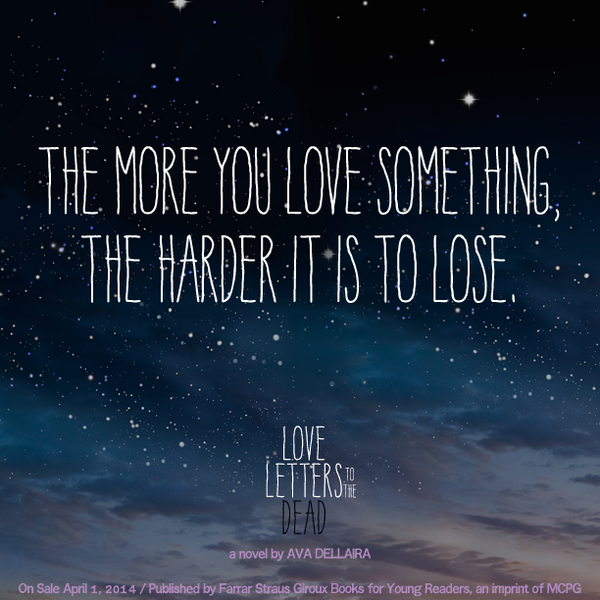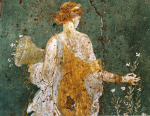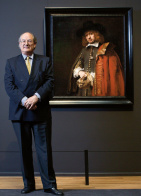The philosopher Thomas Carlyle once stated “It is through symbols that man consciously or unconsciously lives, works and has his being” (Carlyle).
The novel “The Englishman’s Boy” by Guy Vanderhaeghe is full of archetypal figures and symbolism that help craft its story to make it appealing. I have highly enjoyed my time reading this piece of literature with two great stories co-existing to keep the reader engaged. Vanderhaeghe did a great job in his work, utilizing archetypes to polish his story.
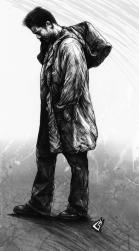 A drifter
A drifter
Some of the archetypal figures that I saw within the novel were the drifter, the mentor, and the dreamer. The drifter is the Englishman’s boy. A drifter can be seen as “low key, and usually The Quiet One that’s not looking for trouble” (TV Tropes). The Englishman’s Boy just tries to do what he can and mind his own business. He’s a loner, who’d rather try to drift to the next town then go on an adventure or be a hero. A character that could be related to others such as Han Solo, who also wanted to mind his own business. Both characters being reigned into the story yet also have regret and a good sense of morality. By establishing the idea of having the main character of the Western side of the story be a drifter, it allows the reader to see that in the end he will make the right choices. He may seem hardened and emotionless, but there are great signs to show he fits that character archetype.
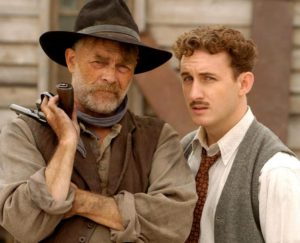 Shorty McAddo (left) and Harry Vincent (right) from “The Englishman’s Boy” TV Mini-series
Shorty McAddo (left) and Harry Vincent (right) from “The Englishman’s Boy” TV Mini-series
I think that the Mentor is also the Drifter. That Shorty McAdoo from the Hollywood half of the story is the Englishman’s boy from the Western half. This is due to how Shorty clamps his jaw at the mention of Indigenous people (referred to as “Indians” in the novel), like how an alcoholic picks up pace near a bar (Vanderhaeghe 120). Since the Englishman’s Boy’s journey directly involves Indigenous people and these stories are compared side by side I think it’s safe to conclude they are one in the same. By using this character archetype leading readers with the idea that Shorty and the Englishman’s boy may be the same person, Vanderhaeghe sets the mood for something dark to occur in the Western story. This will cause a key change and resistance to speak of the past. Shorty fits a good amount of the traits typical within the mentor archetype. These traits include that he was once in a hero’s position, is a misfit of society, and lives separately from other characters (Frazier). However he is not a mentor mainly to the protagonist in the Hollywood side of the story. He is a mentor to Wylie, trying to help him get on his feet before and after his brother’s death. He also shows Harry a few thing here and there such as his story, but I feel the true extent of his character archetype as a mentor has not yet been seen. These are perhaps the most significant character archetypes I found in my reading. However, there is one more I felt Vanderhaeghe incorporated for the purpose to add to his story on multiple levels and give it life, the dreamer.
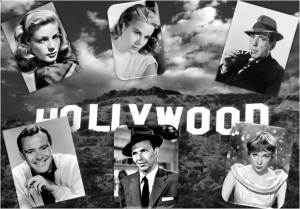 Hollywood 1920’s where the story takes place
Hollywood 1920’s where the story takes place
A dreamer is a person who “sometimes prefer the life of the mind to real life”(Archetypes). The dreamer is Damon Ira Chance, a man who lets his vision guide him. A man who lives the idea of making a true American film. To bring his vision to life and create something revolutionary. He can be compared to someone like Martin Luther King Jr. Both men have a dream, and both of these dreams related to America. To inspire Americans and create something revolutionary. Harry Vincent, the protagonist of the Hollywood side of the story, sees that “In Chance’s voice there is a strength of conviction, of sincerity, which is almost moving” (Vanderhaeghe 110). Vanderhaeghe has him play out with near child-like wonder at the idea of finally making a real American film. With how the story is playing so far, I feel that Chance’s strive for the real American film will cripple him. He wants perfection, has a specific idea on what he wants and the story he gets may not be the one he wants. I see him as an outlet for Vanderhaeghe to emphasise the story. With his conviction to let us see the Western side through his eyes, the eyes of the man mesmerised by it.
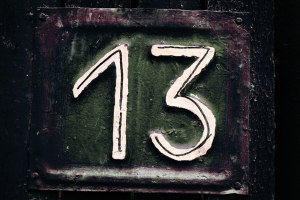 Unlucky number thirteen, a important symbol in the novel
Unlucky number thirteen, a important symbol in the novel
The number thirteen is seen as bad luck and for good reason. There were thirteen people at the last supper, thirteen steps to the gallows, a witches coven has thirteen members, and the mass arrest and execution of the Knights Templar began on Friday the thirteenth (Conradt). In all forms of media it can tell the audience what kind of fate awaits those part of the thirteen. After Hank, one of the original thirteen, is abandoned the Englishman’s Boy sees a figure in the distance and notes “the rider on the pale horse was again one of their party, the unlucky, cursed thirteenth.” (Vanderhaeghe 96). This inclusion gives an ominous and darkened tone as to what will happen in the future of this story line. It also shows the regret the Englishman’s Boy feels, seeing a figure follow and haunt him is a sign of regret and fear. The symbolism of the cursed thirteen could also mean a tragedy will occur in the remaining half of the book. This tragedy happening to the party on their journey to retrieve horses from the Indigenous people who took them.
The Englishman’s boy journey has just begun, but because of the archetypes that have been shown so far I think the journey can already be seen. The ominous inclusion of the rider that the Englishman’s boy saw spells trouble, and a quickly approaching action. The character archetypes form the missing ends that bridge the two stories, That allowed me to make conclusions on how everything will play out. Guy Vanderhaeghe used these archetypes to enhance his story, to add depth, and absorb the reader in his work. Symbolism and character are what make a story memorable and interesting, and I would say Vanderhaeghe has done a wonderful job!
Works Cited
TV Tropes. The Drifter. n.d. 12 July 2017. <http://tvtropes.org/pmwiki/pmwiki.php/Main/TheDrifter>.
Vanderhaeghe, Guy. The Englishman’s Boy. McClelland & Stewart, 1996. Novel.
Frazier, Christine. Hagrid & Haymitch: 10 Traits of the Mentor Character Archetype. 7 November 2015. 12 July 2017. <http://www.betternovelproject.com/blog/mentor-archetype-traits/>.
Archetypes Authors. Discover the Dreamer Archetype. 15 Febuary 2015. 12 July 2017. <https://www.archetypes.com/discover-dreamer-archetype/>.
Carlyle, Thomas. n.d. 12 July 2017. <http://data.holdings/quotes?author=Thomas%20Carlyle>.
Conradt, Stacy. 13 Reasons People Think the Number 13 is Unlucky. 13 January 2017. 12 July 2017. <http://mentalfloss.com/article/23266/13-reasons-people-think-number-13-unlucky>.
Advertisements Share this:
